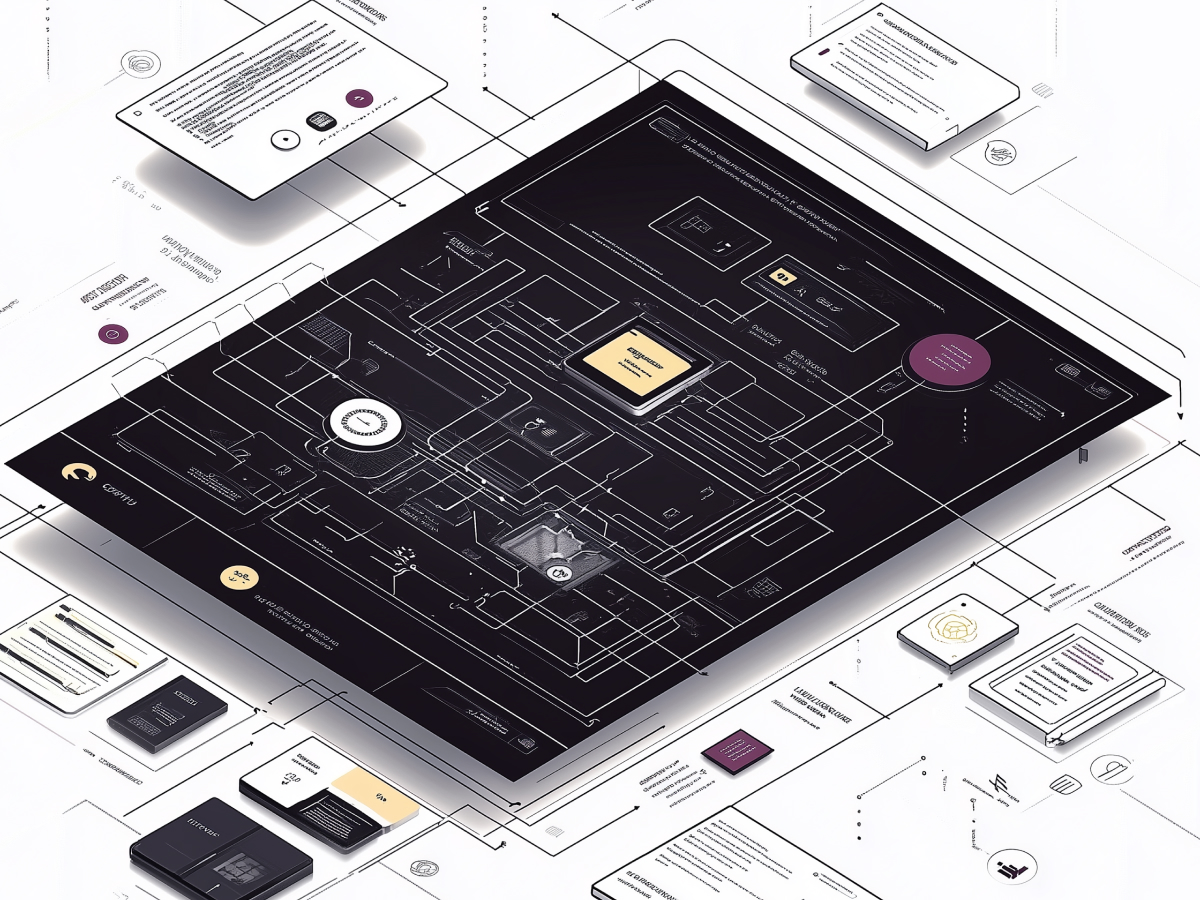A new era of workplace automation
AI agents are evolving from glorified assistants to autonomous problem-solvers, handling tasks that once required significant human involvement. Think of it like upgrading from an electric bike to a Tesla. Basic functions are the same, but far more advanced and capable of handling the heavy lifting on its own.
Why does this matter? It’s simple. Eliminating repetitive “busy work,” businesses can reallocate brain power toward creativity, strategy, and decision-making—the areas where humans thrive.
IDC reports that 40% of Global 2000 companies are expected to implement AI agents within three years. The result? A potential doubling of productivity in areas where these agents are properly applied.
The big picture takeaway here is to focus on creating bandwidth for employees to focus on meaningful, high-impact work. Imagine an office where tedious email follow-ups or data reconciliation happen without human intervention. That’s where we’re headed, and fast.
The challenges businesses face in adopting AI agents
The promise is undeniable, but here’s the thing: adopting AI agents isn’t a walk in the park. To fully integrate these systems, companies need to rethink everything—workflows, team structures, and even how decisions are made.
One of the biggest hurdles is infrastructure. Companies need robust data systems and integration strategies to unlock their potential. That means retooling outdated IT systems and building pipelines that let these agents communicate seamlessly with existing platforms.
Then there’s the human factor. People also need comprehensive training, a roadmap, and cultural buy-in. Workers may worry about job security, while leadership often struggles with ROI projections.
“According to Deloitte, only 25% of companies using generative AI will pilot AI agents by 2025, although that figure will double by 2027.”
The hesitation isn’t due to a lack of interest, but rather managing the leap. Ultimately, this is a marathon, not a sprint. Success requires planning, resources, and a willingness to embrace change. Businesses that invest in these areas will be the ones leading.
From niche tools to everyday essentials
The beauty of AI agents is their accessibility. You no longer need a team of engineers to build useful workflows—companies like Microsoft and Salesforce are embedding no-code tools into their platforms, enabling anyone with a bit of curiosity to create an agent. AI democratization is a major game-changer for workplace productivity.
Take Microsoft’s Copilot Studio, which lets users build agents by describing tasks in plain language. Salesforce’s Agent Builder operates on a similar principle, focusing on ease of use. These platforms empower workers—whether they’re in marketing, sales, or HR—to solve their own problems without waiting on IT.
And it’s not just the tech giants getting in on this. According to Gartner, by 2028, one-third of enterprise applications will incorporate these systems, with 15% of work decisions being handled autonomously.
AI agents will change jobs, not eliminate them
Let’s address the elephant in the room: will AI agents take your job? The short answer is no. What they’ll do is shift the focus of many roles. Tasks that were once repetitive—like data entry or administrative follow-ups—will now be automated. This opens up space for workers to engage in more strategic, meaningful activities.
Professionals will need to evolve alongside the technology. Jobs will still be the same job at their core, but the tools and skills have changed. Forrester Research predicts job numbers will remain stable or even grow, but roles themselves will transform, with middle workers shifting to AI-related positions.
The overarching takeaway for businesses is that they need to focus on adaptation, not replacement. Workers who eagerly embrace these shifts will excel, while those resistant may find themselves struggling to keep up. It’s an opportunity, not a threat.
Businesses are wary of full autonomy
Despite the hype, there’s a healthy dose of skepticism around letting AI agents act entirely on their own. No company wants a rogue agent making costly decisions based on flawed logic. The issue of AI “hallucinations,” where systems generate incorrect or nonsensical outputs, is particularly concerning.
For now, most businesses are keeping a “human in the loop.” This means AI agents perform tasks, but critical decisions still pass through a human gatekeeper. Over time, as AI systems become more reliable and reasoning improves, this oversight may decrease, but it’s not going away anytime soon.
This cautious approach is smart. Early adopters need to prioritize safeguards, transparency, and measurable ROI before handing over the reins completely. Businesses that rush in without these protections are asking for trouble.
AI agents will disrupt the workplace
The productivity gains on the table are staggering. We’re talking about a shift bigger than remote work or even the introduction of generative AI assistants.
Analysts like Chris Marsh at S&P describe the potential as profound. Automating the tedious and routine, these agents free up time and mental bandwidth for creative and strategic thinking. Early hurdles like ROI clarity or technical challenges won’t stop this wave. View them more as speed bumps on the road to adoption.
In the long run, businesses that invest in AI agents will find themselves at the forefront of a more efficient, innovative, and dynamic workplace. This is happening right now. The question isn’t if you’ll adopt these systems; it’s when. And if you’re smart, the answer should be “soon.”





